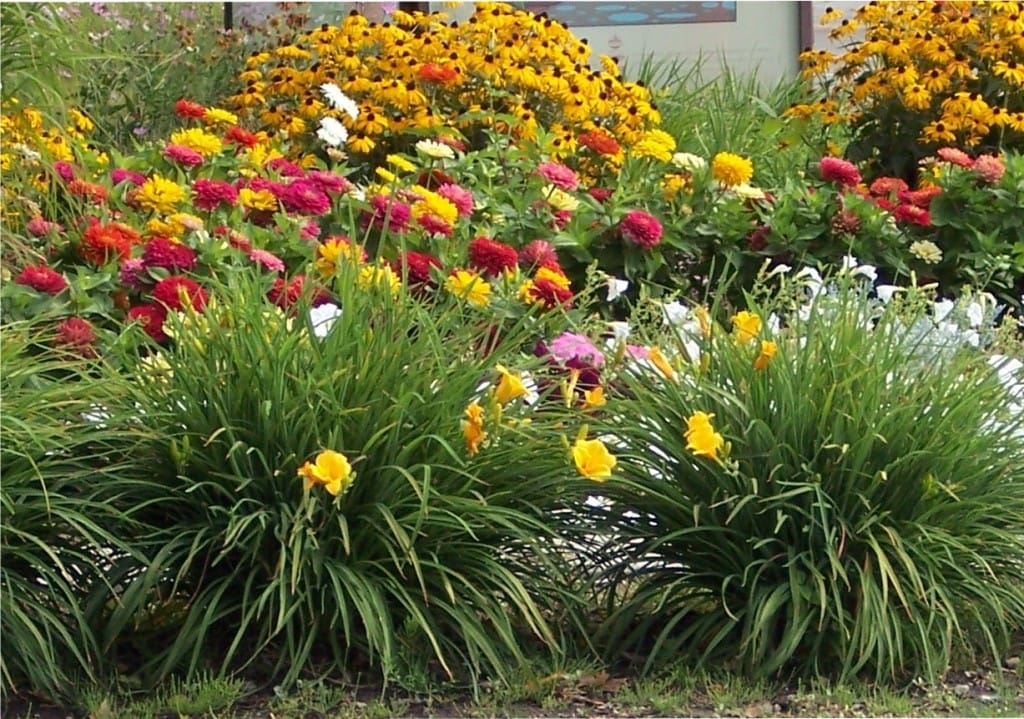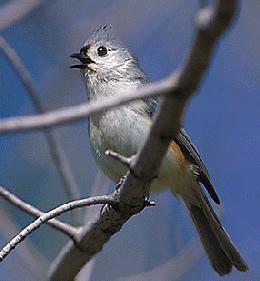Source(s): Randy Drinkard
Crown Gall, a disease caused by a soil borne bacterium, can severely damage rose plants. Galls begin as small swellings, usually at ground level, that slowly increase in size. Infected rose plants become stunted and very often die.

Tissue overgrowths or galls can be found at or just below the soil surface on the crown and on the roots of plants. Galls are irregularly rounded and rough in texture. Galls vary in size from ½ inch to several inches in diameter. Young galls are light green or white, and the tissue is soft. Advanced galls are hard and brown to black in color. Roses severely infected become stunted, producing only a few blooms.
The crown gall bacterium enters plants through wounds made by transplanting, cultivation, grafting, and pruning. Other wounds caused by insects, animals or people can serve as avenues for infection to occur. Affected plants may be stunted, produce small chlorotic leaves and may become more sensitive to environmental stresses such as winter injury. Severely infected plants decline and eventually die. Crown gall can survive in the soil for 2 to 3 years.
To control crown gall, avoid wounding susceptible plants at or near the soil line. Prune infected branches and roots well back into healthy tissue. To prevent possible spread of the disease, sterilize pruning tools between cuts with a 10 percent household bleach solution. Plant removal may be necessary when galls are extensive. Chemical treatment may be practical for valuable landscape plants. Contact your local county agent for a list of chemicals.
Resource(s): Common Landscape Diseases In Georgia
Center Publication Number: 114

